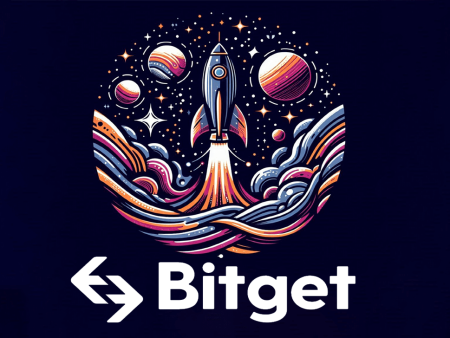The Terra Classic (LUNC) blockchain was created due to a fork following a crash in the original Terra blockchain.
In this article, AZCoin explains what Terra Classic is, its background, characteristics, and the process of purchasing LUNC.
What is Terra Classic (LUNC)?
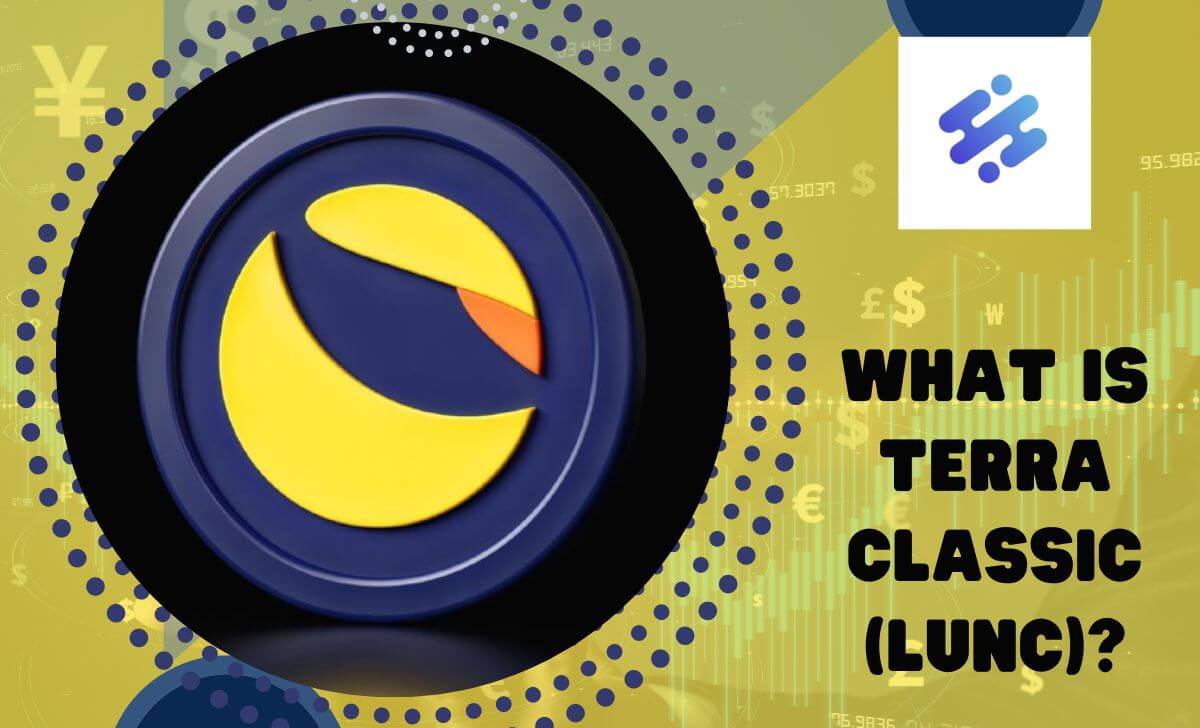
Following the recent collapse of UST/Luna and the launch of the new Terra chain, the original Terra LUNA in circulation has been canceled and the coin is now known as LUNA Classic (LUNC).
Kwon’s strategy to recoup his losses involves creating an entirely new chain that will serve all future transactions. The previous network was split into LUNA Classic and Terra.
Terra will be the name of the new chain, also known as LUNA 2.0, while LUNA Classic (LUNC) will continue to serve as the native token for the original Terra LUNA blockchain.
The term “classic” refers to the hard fork between Ethereum and Ethereum Classic that followed the breach of Ethereum’s decentralized autonomous organization (DAO) in 2017. As Kwon points out, this is another tactic to refer to the UST incident as “Terra’s DAO hack moment.”
The previous version of the Terra protocol was revised to include improvements that support stablecoin developers working on decentralized finance (DeFi) projects using Terra. The project includes the creation of two different cryptocurrencies, called Terra and LUNA.
The Terra cryptocurrency is the industry standard for stablecoins pegged to fiat and other currencies. For example, TerraUSD (UST) is pegged to the value of the U.S. dollar, while TerraKRW (KRT) is pegged to the value of South Korean won.
Total LUNC supply is 6904.01 billion. Total market capitalization is around $620.39 million.
Is LUNC another name for LUNA?
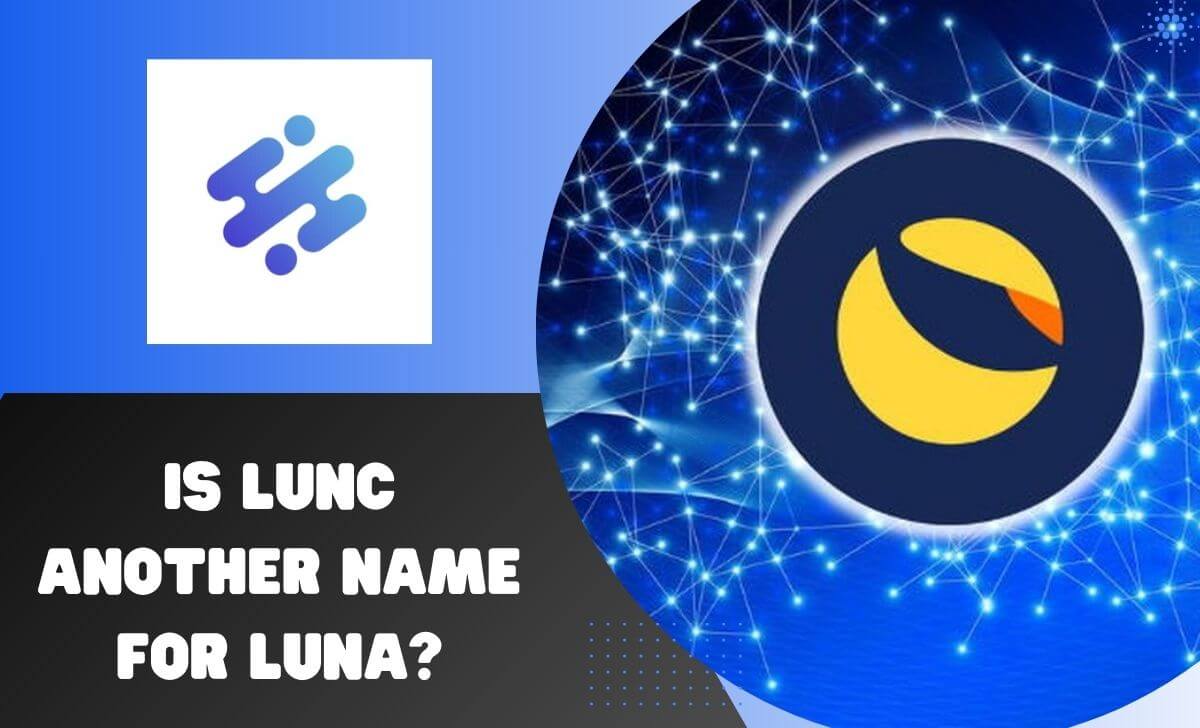
LUNC is not the same as the original LUNA, and here are a few key differences:
- Before its downfall in May 2022, LUNA was the primary cryptocurrency of the Terra blockchain. It was created with the purpose of sustaining a dollar value through an algorithmic mechanism.
- After LUNA deviated from its peg, the Terra blockchain experienced a hard fork, leading to the creation of two distinct blockchains: Terra and Terra Classic.
- The original Terra blockchain retained LUNA. However, LUNA lost its dollar peg after the collapse.
- The new Terra Classic blockchain has created LUNC which represents its native currency.
- Previous LUNA holders received LUNC at a 1:1 ratio through an airdrop after the fork.
- LUNC and LUNA are currently hosted on separate blockchains, each with distinct objectives. LUNC’s goal is to restore the original Terra codebase without being tied to the dollar.
- LUNA continues to exist on its initial blockchain without being pegged and shows no signs of long-term sustainability. LUNC has developed into an independent project.
Although related to the hard fork, LUNC and LUNA should be considered separate tokens issued on separate blockchains following Terra’s demise, with LUNC representing the native token of Terra Classic.
If you’re new and interested in discovering cryptocurrencies such as Bitcoin (BTC), Ethereum (ETH), or Tether (USDT), consider checking out evaluations of different exchanges. Additionally, refer to the best crypto exchanges 2024 page to access special deals.
Who is the founder of Terra Classic (LUNC)?
Daniel Shin and Do Kwon co-founded Terra in January 2018. The project aimed to increase cryptocurrency use by stabilizing prices and making them easier to use.
Before starting Terra, Shin and Kwon had already had successful careers. Daniel Shin previously co-founded Ticket Monster (TMON), a popular Korean e-commerce platform. He also founded the startup incubator Fast Asia, which has spawned many of today’s thriving businesses.
Kwon, on the other hand, previously founded and headed Anyfi, a Korean startup focused on providing decentralized wireless mesh networking solutions. Kwon has worked for two tech giants, Microsoft and Apple, as a software engineer.
The rise and fall of Terra Classic (LUNC)
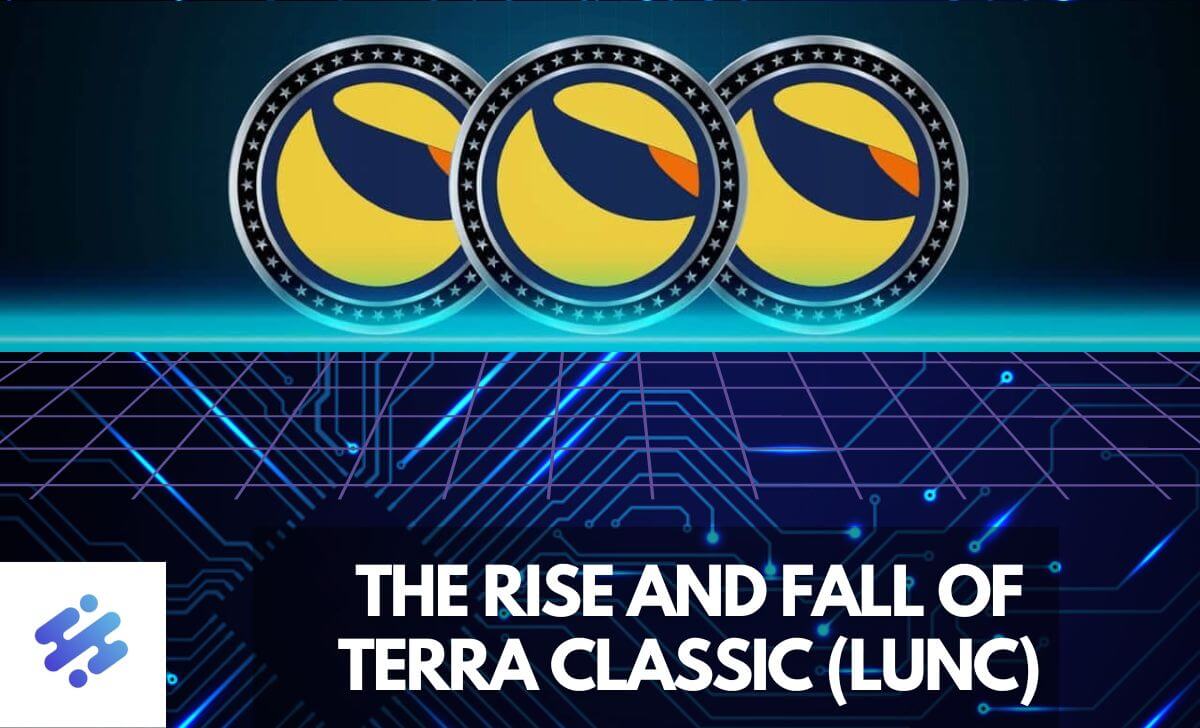
In January 2018, Terra was founded to ease the mass adoption of cryptocurrencies by developing digital native assets that are stable in price against major fiat currencies in the world. This was the impetus for the company’s creation.
As a result of discussions between Terra’s co-founders, Daniel Shin and Do Kwon, the idea of Terra was conceived to facilitate the immediate and widespread adoption of cryptocurrencies and blockchain technology currently under development.
Features of LUNC
LUNC has maintained all the features found in the original Terra Luna. It also continues to act as a stabilizing mechanism for the Terra Classic stablecoin, called TerraUSD (UST).
Voting rights on the progress a blockchain project will make can also be granted to LUNC holders. The two primary goals of governance tokens are to decentralize decision making and give holders a say in project management.
You can use your LUNC to work and generate passive income by staking instead of selling them if you use the staking function.
It includes an integrated system to maintain stability. It functions as a type of stablecoin governed by algorithms. It continuously keeps track of the worth of different currencies or assets.
The value of LUNC
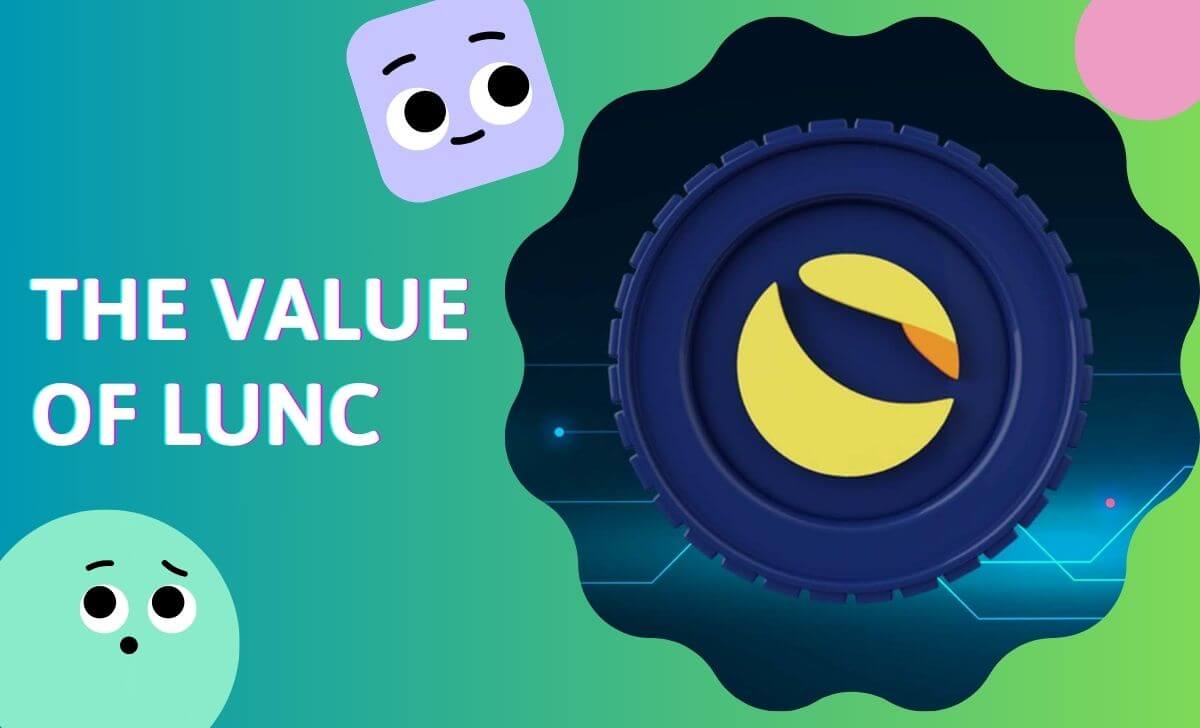
The native token of the first version of the Terra blockchain is called Terra Luna Classic (LUNC). It is used as a reward for community members and compensation for price fluctuations of algorithmic stablecoins associated with blockchain.
The developers had one main goal when creating LUNC: to reduce the volatility of TerraUSD (UST) and other stablecoins. To achieve this goal, the following process was followed:
When user activity on the network decreases and the demand for stablecoins increases, more LUNC will be mined. Conversely, when user activity decreases, a certain amount of LUNC will be burned.
Summary
With new updates and development plans, Terra Classic has the potential to bring value to users in the future. However, investors need to note that this is still a high-risk project and should consider carefully before participating.
As per the indemnity, AZCoin is not liable for any financial choices you make. We wish you success and hope you gain from this lucrative market.

I am Tony Vu, living in California, USA. I am currently the co-founder of AZCoin company, with many years of experience in the cryptocurrency market, I hope to bring you useful information and knowledge about virtual currency investment.
Email: [email protected]


